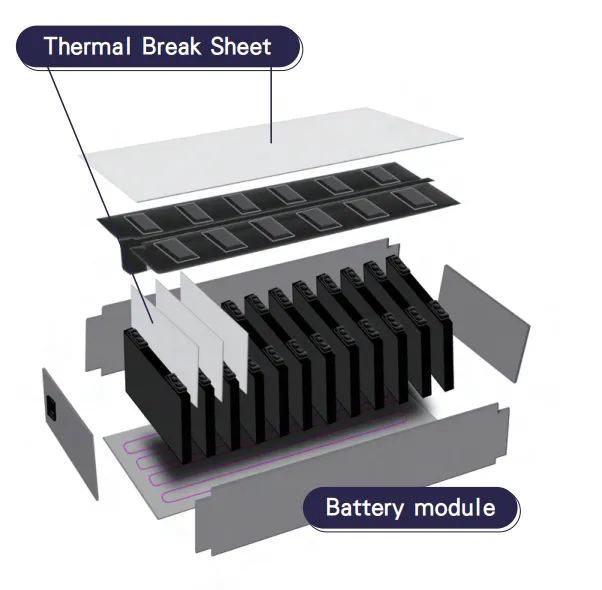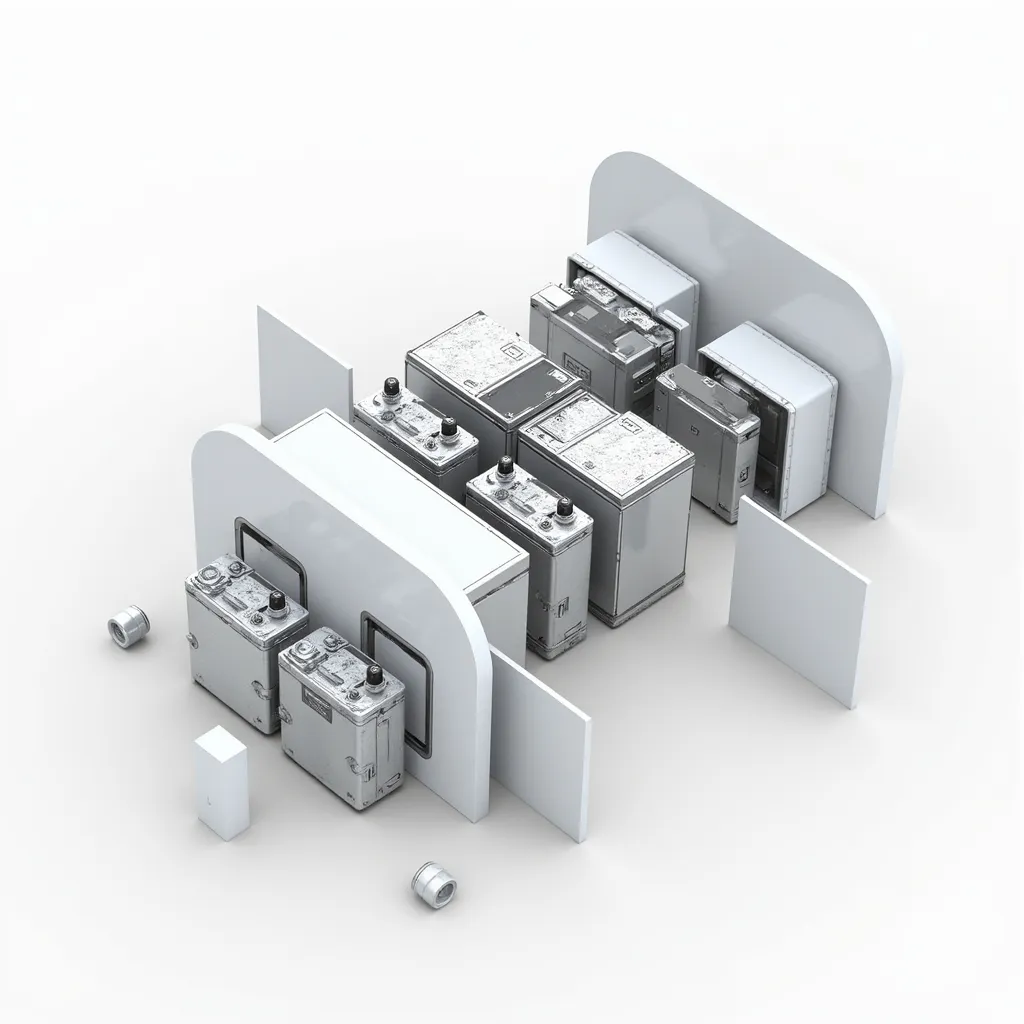
The Dangers of Thermal Runaway : Battery Fire
This event underscores the potential hazards associated with lithium-ion batteries, particularly the phenomenon known as thermal runaway. Thermal runaway occurs when a battery cell overheats, triggering a cascade of exothermic reactions that can lead to catastrophic failure
In both energy storage systems and electric vehicles, the consequences of thermal runaway can be severe:
- Rapid temperature increase: Temperatures can soar to around 752°F (400°C) in milliseconds.
- Toxic gas emission: The fire at Moss Landing released hazardous fumes, prompting air quality concerns.
- Fire propagation: One overheating cell can trigger adjacent cells, potentially engulfing entire battery arrays.
- Explosion risk: In extreme cases, thermal runaway can cause batteries to explode, posing significant safety threats.
See the complete thermal datasheet by clicking here: Thermal Insulation Pad
Table of Contents
Mitigating Risks with Advanced Insulation
As the industry grapples with these challenges, innovative solutions are emerging to enhance battery safety. One such solution is the AS27-s thermal insulation sheet developed by LiPOLY Technology.
The AS27-s offers several key benefits:
- Exceptional thermal insulation: With an ultra-low thermal conductivity of 0.01 W/m·K, AS27-s effectively prevents heat transfer between battery cells.
- Fire resistance: The material does not contain asbestos or other harmful substances, providing an additional layer of safety.
- Versatility: Composed of high-polymer foam, glass fiber, and heat-resistant composites, AS27-s can be customized for various battery configurations.
By incorporating AS27-s insulation sheets into battery pack designs, manufacturers can significantly reduce the risk of thermal runaway propagation. This added protection could potentially prevent small incidents from escalating into large-scale disasters like the Moss Landing fire.
Looking Ahead
As the world increasingly relies on lithium-ion batteries for renewable energy storage and electric transportation, ensuring their safety is paramount. The Moss Landing incident serves as a stark reminder of the potential risks, but also highlights the importance of continued innovation in battery safety technologies.Implementing advanced thermal insulation solutions like AS27-s represents a crucial step towards creating safer, more reliable energy storage systems. As the industry evolves, such measures will be essential in building public trust and supporting the broader transition to sustainable energy solutions.
LiPOLY TIM Technology : Thermal Solutions


